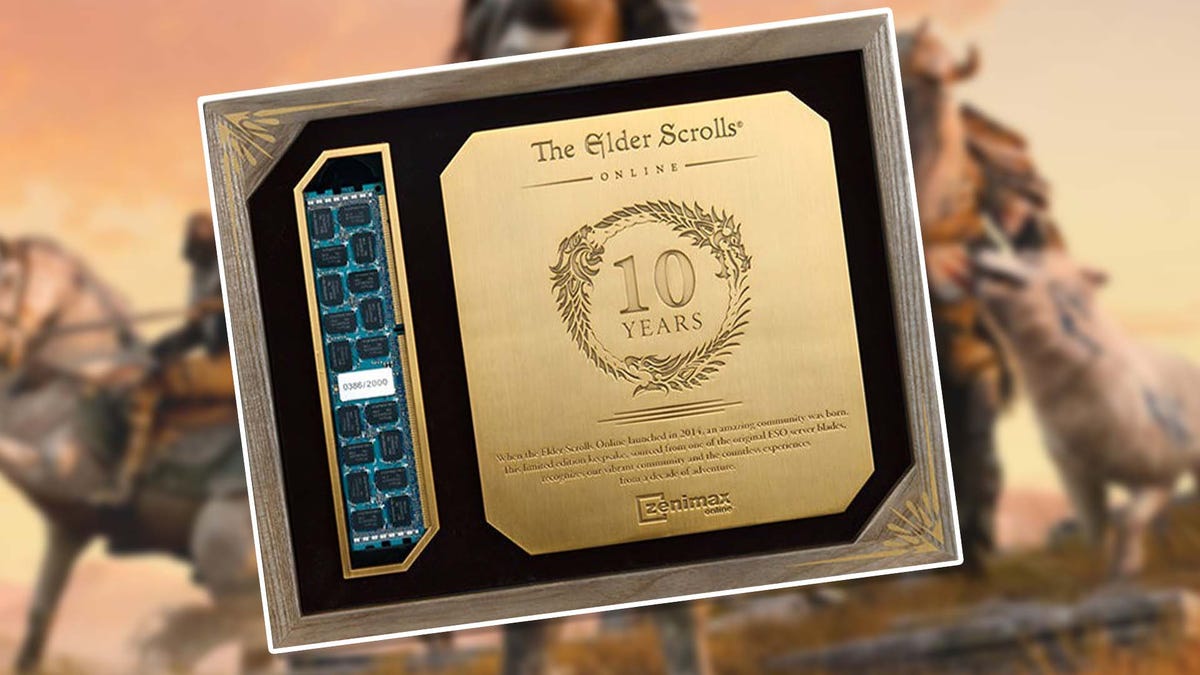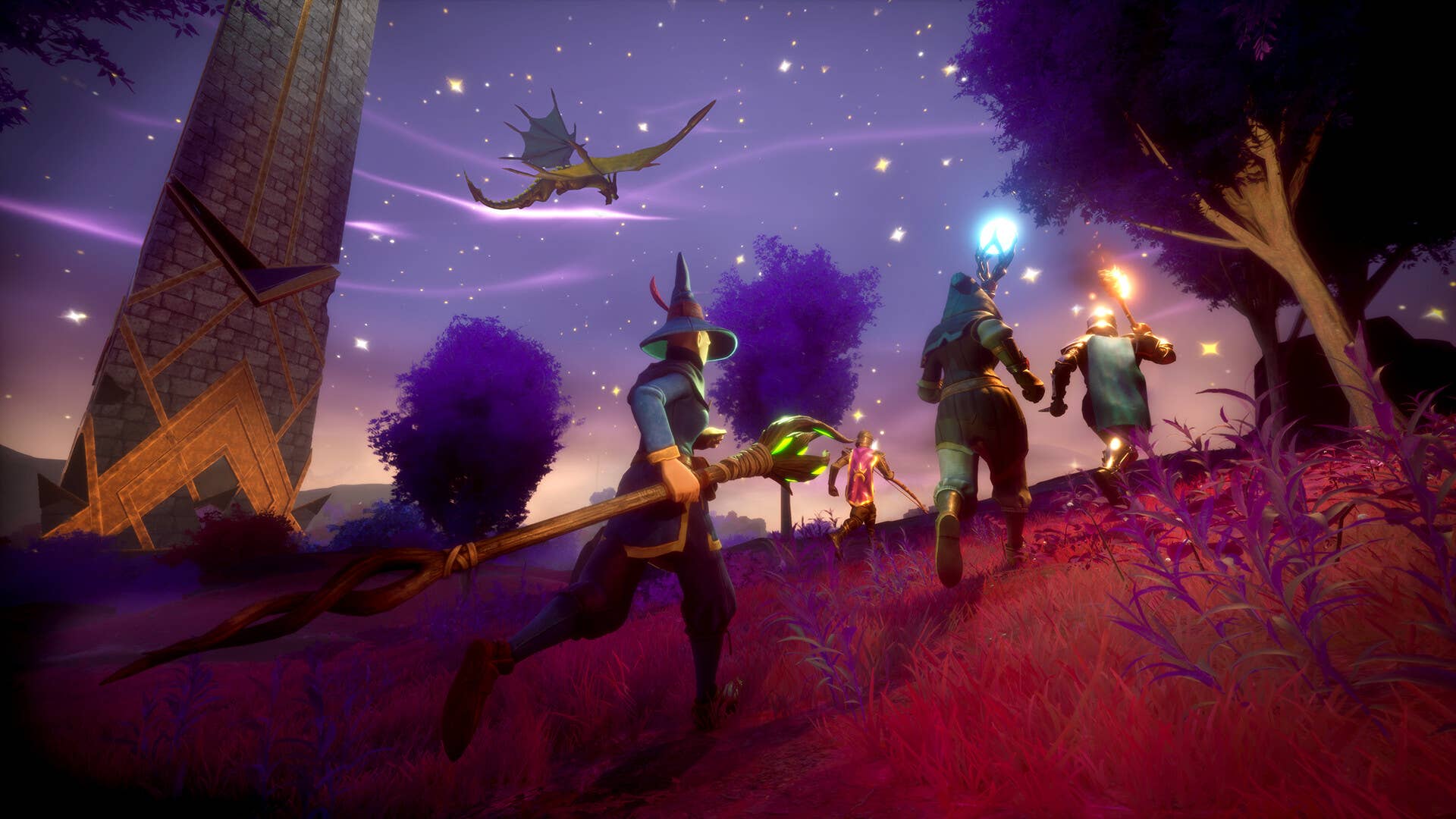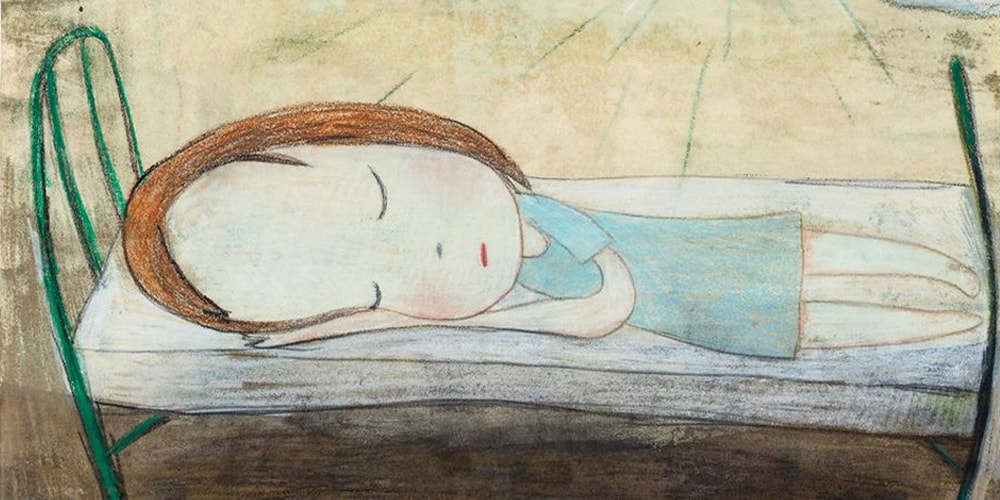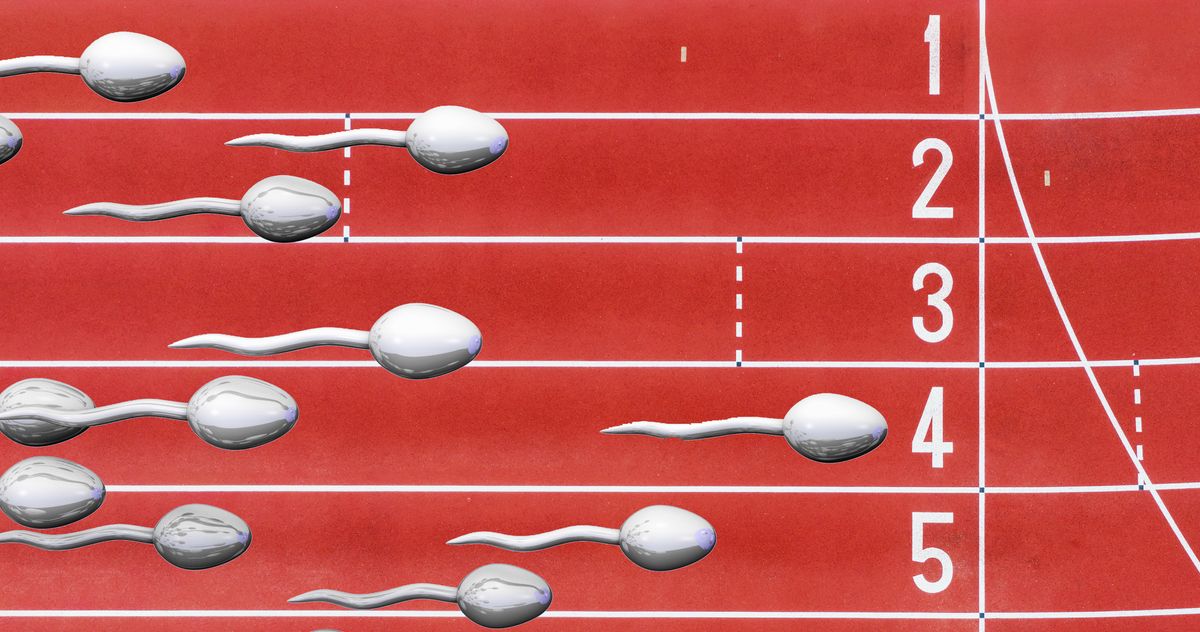Asukayama Park in Kita City, Japan
Asukayama, or Mount Asuka, is a small hill in Kita-ku, Tokyo, standing 83 feet tall. The mound is informally considered the smallest mountain in the metropolis, though the Geospatial Information Authority has refused to officially recognize it as a mountain. Whether a proper mountain or not, the hill is still home to a large public park known for its cherry blossoms, a popular hanami, or flower viewing, spot since the early 18th century. In 1720, Shogun Tokugawa Yoshimune had over a thousand cherry blossom trees planted at Asukayama and opened the park to the public 17 years later. In 1873, the Meiji government officially established Asukayama Park as one of the first five public parks in Japan. Today, the park is home to three museums, including Kita Ward’s local history museum, a paper museum, and a memorial museum dedicated to industrialist Eiichi Shibusawa. Widely known as the “father of Japanese capitalism,” Shibusawa introduced many economic reforms that shaped modern Japan, and has been featured on the 10,000 yen banknote since 2024. Shibusawa had a villa built at Asukayama in 1877, which he later converted to his main mansion complex, residing there from 1901 to 1931. A few of the buildings, including Shibusawa’s own library and bungalow-style tearoom, have survived the Tokyo bombings and been designated by the government as Important Cultural Properties. The park is also home to ancient artifacts, including the Asukayama tumuli cluster, an archaeological site consisting of five 6th-century burial mounds, believed to belong to the Muzashi-no-kuni-no-miyatsuko clan that once ruled the eastern Kanto region.

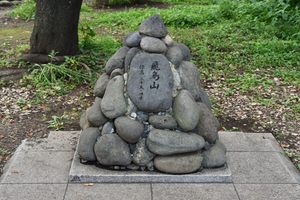
Asukayama, or Mount Asuka, is a small hill in Kita-ku, Tokyo, standing 83 feet tall. The mound is informally considered the smallest mountain in the metropolis, though the Geospatial Information Authority has refused to officially recognize it as a mountain.
Whether a proper mountain or not, the hill is still home to a large public park known for its cherry blossoms, a popular hanami, or flower viewing, spot since the early 18th century. In 1720, Shogun Tokugawa Yoshimune had over a thousand cherry blossom trees planted at Asukayama and opened the park to the public 17 years later. In 1873, the Meiji government officially established Asukayama Park as one of the first five public parks in Japan.
Today, the park is home to three museums, including Kita Ward’s local history museum, a paper museum, and a memorial museum dedicated to industrialist Eiichi Shibusawa. Widely known as the “father of Japanese capitalism,” Shibusawa introduced many economic reforms that shaped modern Japan, and has been featured on the 10,000 yen banknote since 2024.
Shibusawa had a villa built at Asukayama in 1877, which he later converted to his main mansion complex, residing there from 1901 to 1931. A few of the buildings, including Shibusawa’s own library and bungalow-style tearoom, have survived the Tokyo bombings and been designated by the government as Important Cultural Properties.
The park is also home to ancient artifacts, including the Asukayama tumuli cluster, an archaeological site consisting of five 6th-century burial mounds, believed to belong to the Muzashi-no-kuni-no-miyatsuko clan that once ruled the eastern Kanto region.


































































-Baldur’s-Gate-3-The-Final-Patch---An-Animated-Short-00-03-43.png?width=1920&height=1920&fit=bounds&quality=70&format=jpg&auto=webp#)










